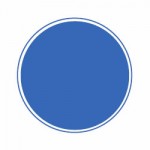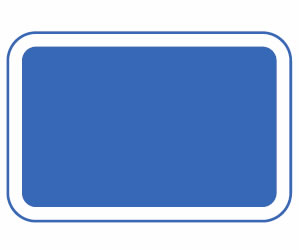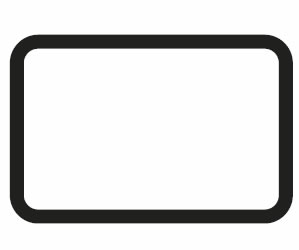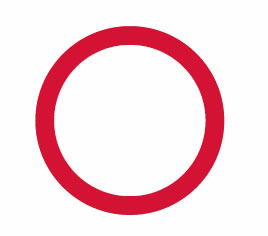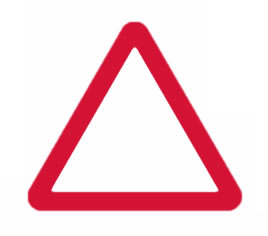It seems there’s a constant battle between cyclists and motorists all fighting for the same piece of tarmac.
The often difficult relationship between cyclists and motorists can be often shared equally due to a lack of simple observations or consideration.
The driving test has had its fair share of failures due to cyclists meeting motorists and the examiner certainly will not offer the learner driver any more leniency due to lack of experience.
Cycle lanes and cycle waiting boxes do offer some safe distancing between the motorist and cyclist. Explained are the basics of how to deal with cyclists and cycle lanes. Questions regarding cyclists, cycle lanes and signs will be asked on the driving theory test.
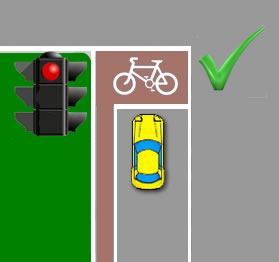
Correct position at cyclist box
Advanced stop lines or cyclist box are used to allow cyclists to be positioned ahead of motorists providing a safe distance between motorist and cyclist.
When the lights change to amber or red, the motorist must stop just before the first white line and to not enter the cyclist box. Motorcycles are also prohibited to wait in the box. If your vehicle has crossed the first white line and the lights change to amber or red, you must stop before crossing the second white line. If the junction is blocked, you must remain behind the first white line to avoid blocking the cyclist box.
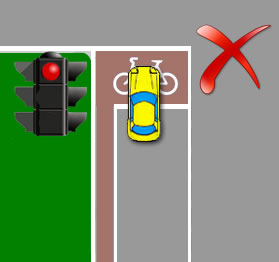
o
Incorrect position at cyclist box
The law is usually lenient on vehicles that stop in the cyclist box area as occasionally the light may change to amber or red just as you are crossing into it. If however you unnecessarily stop in the cycle box – this would involve driving into the cyclist box on a red light when you clearly had time to stop at the first white line, or creeping forward into the box on a red light – and are caught, you may receive a fixed penalty notice of a £60 fine and three penalty points on your licence.
Stopping in the cyclist box during a driving test is likely to fail you although if the examiner feels it was totally unavoidable they may take exception depending on your driving ability throughout the entire driving test as a whole. As you move off from a stationary position near a cycle box, keep keen observations in all mirror and in the blind spots for cyclists and motorcyclists advancing from the rear.
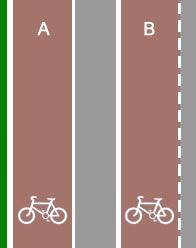
Cycle lane rules
The colour of the cycle lane is irrelevant to any rule, the rules apply to whether the cycle lane has a solid or broken white line to the outer right side and any signage in place.
Cycle lane markings
Cycle lane A: Cycle lane A has a solid white line running down the right side. This is a mandatory bus / cycle lane and motorists must not drive or park in a bus or cycle lane that has a solid white line. This includes motorcyclists unless the signs dictate otherwise.
Cycle lane B: Cycle lane B has a broken whit line running down the right side. This advisory marking tells vehicles that they should not drive or park in the cycle lane unless absolutely necessary.
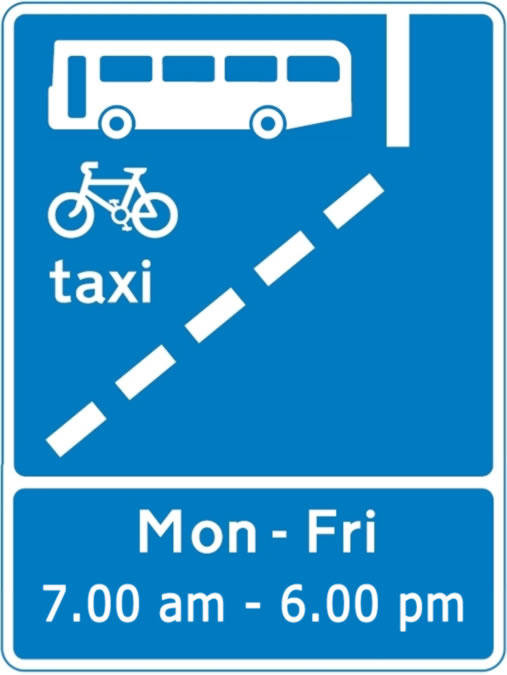
Bus and cycle lane signs times of operation
A bus lane sign may state the hours that the bus lane is in operation. If there are no hours of operation provided or there is no bus lane sign at all, assume that the lane is in operation 24 hours a day.
If taking a driving test around areas where bus lanes are located, keep a keen eye on the bus lane signs. Avoiding a bus lane on a driving test outside of hours of operation is likely to fail the test.
Driving and cyclists
The cyclists and cycle lanes tutorial offers further information for driving and dealing with cyclists safely during a driving test.
Cycle lane signage
There are three basic sign shapes that are encountered whilst driving or cycling. Circular signs that represent an order, triangular signs that represent a warning and rectangular signs that provide information.
